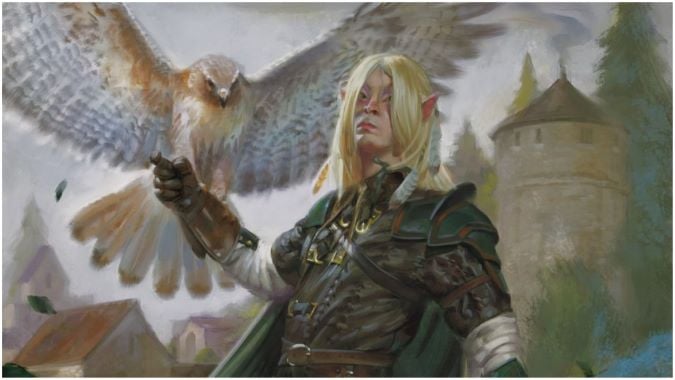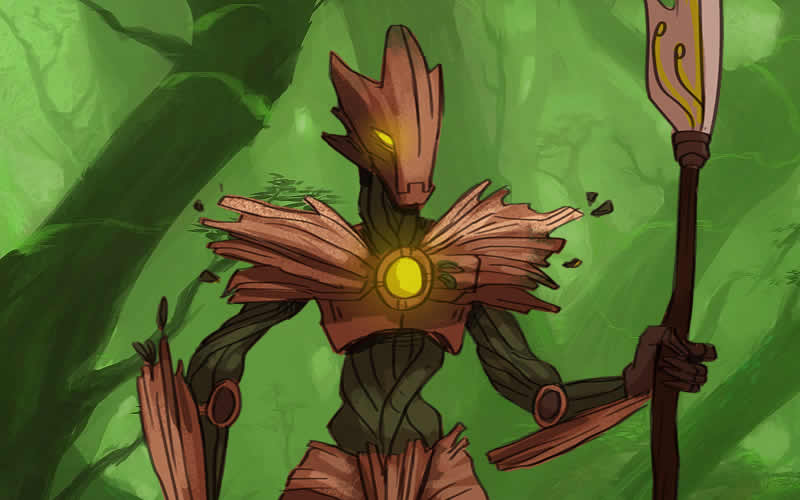

Apparently the lumbering, scaly dragonborn are frequently cast as paladins, a class traditionally inhabited by snooty white men. Some pairings you won’t find anywhere in Tolkien’s books, but might stand at the vanguard of a new fantasy canon. The appearance of both these archetypes in Lord of the Rings and other works of fantasy likely also plays a role in their popularity.

Halflings also have extra points in dexterity and may have access to the “naturally stealthy” trait, which makes them exceptional rogues. The wood elf 5 gets a bonus to dexterity as well as proficiency in longbows, perfect for the ranger class. Other races dovetail nicely with particular classes. Humans - the most popular race by far - get an extra point in all of their ability scores, which makes them a balanced pick for any class. But some of the common character choices can be explained by the game’s structure of racial bonuses. You can find guidelines on converting material from previous editions into 5th edition rules in this freely available PDF.So what does this data say about players’ character preferences? At first blush it looks like characters are drawn from literature and everyday life, which seems surprisingly unimaginative considering that “Dungeons & Dragons” is the quintessential fantasy game. Guidelines on how to create a race can be found on DMG p.285-287. It is always easier to remove a race from the game than it is to incorporate a new one. Races are important and complex game elements, despite their limited mechanics, because they have a permanent and significant effect on a character, and their inclusion in a game presupposes their existence in the game setting. Why are races important in dungeons and dragons?

I’ll expand on what’s provided and vary the steps in the process to give a more in-depth look. The Dungeon Master’s Guide provides guidelines for creating a new race (and subrace), which are great. If the race you’re considering designing doesn’t already exist and can’t be built by tweaking an existing one, it’s time to design your own. There are more uncommon races such as dragonborn, gnomes, half-elves, half-orcs, and tieflings. What DnD 5e Races Can I play? According to the Player’s Handbook, the most common character races are dwarves, elves, halflings, and humans. Frequently Asked Questions What are the different races in dnd 5e?


 0 kommentar(er)
0 kommentar(er)
